Core PrinciplesUnderstanding Photobiomodulation
- Wavelengths: Varying penetration depths
- Cellular Mechanisms: ATP production, reduced oxidative stress
- Treatment Applications: Acute injuries, chronic pain
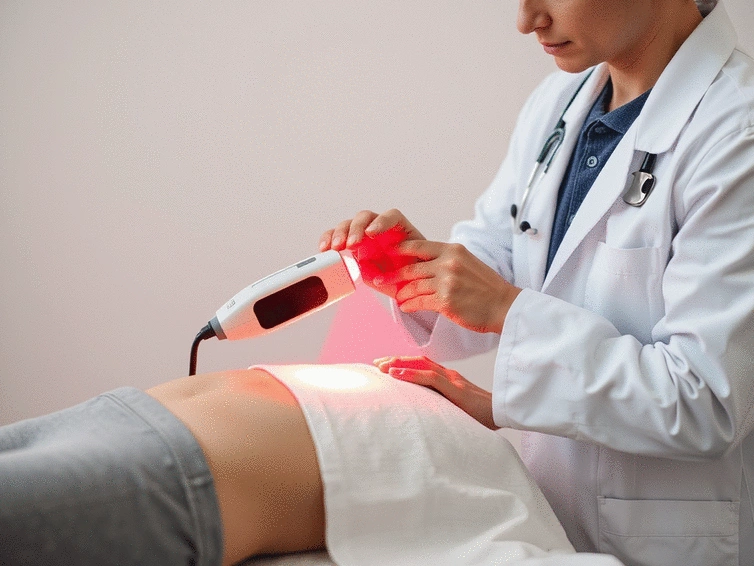
Curious about the power of light in healing? Recent studies reveal that photobiomodulation not only accelerates recovery but also opens new avenues for pain management. Let's explore the transformative potential of this innovative therapy!
This visual outlines the core mechanisms of photobiomodulation (PBM) and its wide-ranging applications in Low-Level Laser Therapy (LLLT), highlighting the scientific principles and their therapeutic implications.
At Erchonia Laser, we recognize the burgeoning importance of photobiomodulation in the realm of low-level laser therapy (LLLT). But what exactly does this term mean, and why is it so significant? In the simplest terms, photobiomodulation refers to the process by which light photons interact with cells, leading to biological effects that promote healing and recovery. As a passionate advocate for non-invasive healing solutions, I believe understanding this concept is crucial for both healthcare professionals and patients alike!
Photobiomodulation operates at the cellular level, influencing various biological processes. It’s fascinating to see how specific wavelengths of light can stimulate cellular activity, enhance tissue repair, and ultimately lead to effective pain management. This understanding opens up new avenues in treating conditions that have historically been challenging to address. For instance, recent research highlights the potential of low-level laser therapy in reducing pain and improving function in musculoskeletal disorders, as detailed in this study on Photobiomodulation Therapy for Chronic Low Back Pain.

To appreciate the significance of photobiomodulation, let's break it down further. It’s essentially about using light energy to facilitate healing. The key elements include:
With photobiomodulation, we see a blend of science and therapy enabling patients to reclaim their health in a safe, effective manner. This aligns perfectly with our mission at Erchonia Laser to empower individuals through knowledge and practical solutions! The broad therapeutic benefits of PBM, including its anti-inflammatory and regenerative effects, are further supported by comprehensive reviews such as this article on Photobiomodulation Therapy.
Low-level laser therapy (LLLT) is a non-invasive treatment modality that has gained traction due to its impressive range of applications. It’s essential to understand these key concepts:
The applications of LLLT are not just limited to pain management; they extend to areas such as wound healing and reducing inflammation. As I’ve seen in my clinical experience, the versatility of LLLT makes it a valuable tool in the arsenal of modern medicine.
Understanding the mechanisms of action in photobiomodulation offers insight into why it’s so effective. The therapy primarily acts by enhancing cellular metabolism and promoting healing through various pathways. Key mechanisms include:
By demystifying these mechanisms, we can better understand how LLLT can be harnessed effectively. It’s about bridging the gap between science and practical application, something we're deeply passionate about at Erchonia Laser.
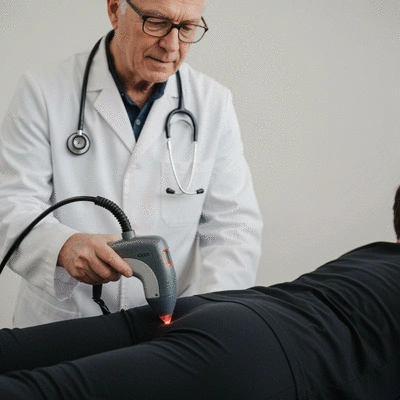
To maximize the benefits of photobiomodulation therapy, consider combining it with other non-invasive treatments, such as physical therapy or chiropractic care. This holistic approach can enhance recovery and provide a more comprehensive treatment plan for patients suffering from chronic pain or injuries.
Photobiomodulation is a therapeutic process that uses specific wavelengths of light to stimulate cellular activity, promoting healing, reducing inflammation, and managing pain. It involves light photons interacting with cells to produce biological effects.
LLLT is a non-invasive treatment modality that utilizes photobiomodulation. It applies low-power lasers or LEDs to the body to trigger cellular responses without causing heat damage, making it a key application of PBM principles.
PBM works through several key mechanisms, including the absorption of light by chromophores (like cytochrome c oxidase), which leads to increased ATP production, reduced oxidative stress, and modulation of inflammatory responses. It also influences nitric oxide signaling and transcription factors.
LLLT/PBM is versatile and can be used for a wide range of conditions, including chronic pain management, acute injuries, inflammation reduction, wound healing, and even skin rejuvenation.
Yes, LLLT/PBM is considered safe and non-invasive. It does not require surgery or harsh medications, and many devices used for this therapy have received FDA clearances, indicating a commitment to safety and efficacy.
As we look towards the future, the understanding and application of photobiomodulation (PBM) in clinical settings continues to grow. We've explored the intricate mechanisms behind how PBM operates, including its effects on cellular processes and the compelling evidence supporting its efficacy in treating various conditions. This innovative therapy not only provides non-invasive options for pain management but also offers a promising alternative for those grappling with chronic illnesses.
The clinical evidence we've reviewed demonstrates that PBM can effectively modulate inflammatory responses and promote healing at a cellular level, leading to significant improvements in patient outcomes. As a passionate advocate for low-level laser therapy (LLLT), I have witnessed firsthand the potential of this technology to transform lives. It’s encouraging to see how healthcare professionals are beginning to integrate PBM into their practices, further validating its place in modern medicine.
To summarize, the mechanisms underlying PBM are multifaceted, involving the activation of mitochondrial chromophores and enhanced ATP production, among others. The ability of PBM to influence key factors like reactive oxygen species (ROS) and nitric oxide signaling enhances its therapeutic implications significantly. Here’s a brief recap of the core components discussed:
By leveraging these mechanisms, PBM stands out as a safe and effective method for various therapeutic applications, a fact supported by numerous studies and clinical trials. Each success story reinforces the value of integrating PBM into treatment protocols.
As we continue to uncover the potential of PBM, I encourage both healthcare professionals and patients to explore this innovative therapy. If you're a practitioner looking to expand your toolkit, consider integrating Erchonia's laser therapy into your practice. Our resources are designed to provide you with the knowledge and support necessary to harness the power of PBM effectively.
For patients seeking relief, don’t hesitate to inquire about PBM options with your healthcare provider. The journey toward better health can be enhanced through non-invasive methods like LLLT. Let’s work together to illuminate the path to wellness through the benefits of photobiomodulation! Reach out to us at Erchonia Laser for more information and guidance on how to get started.
Here is a quick recap of the important points discussed in the article:
Understanding Red Light Therapy
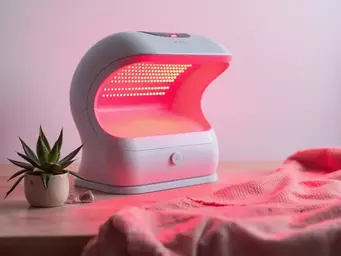
Curious about how light can play a pivotal role in healing? The world of light therapy is rich with
Erchonia Laser Therapy for Pain Management
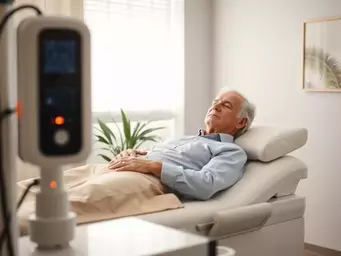
Curious about a non-invasive solution to chronic pain? Erchonia Laser Therapy is emerging as a revol
Relieving Neck and Shoulder Pain
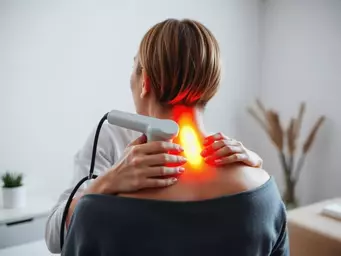
Consider this: neck and shoulder pain affects millions, yet many are unaware of the root causes. Und
Understanding Red Light Therapy
Erchonia Laser Therapy for Pain Management
Relieving Neck and Shoulder Pain
Erchonia Laser and Back Pain Outcomes
Exploring Erchonia's Laser Technology Science